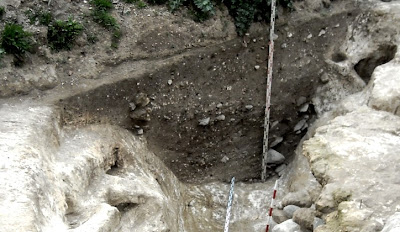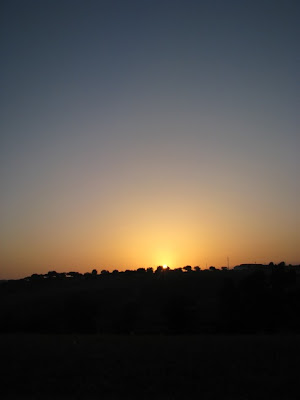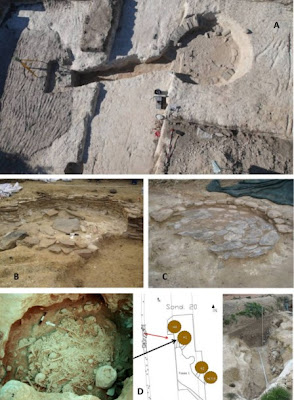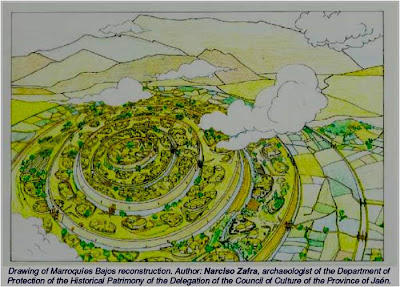
Plan of Gonçalvinhos (Mafra, Lisbon) small ditch segment (after Sousa, A.C., 2010, O PENEDO DO LEXIM E A SEQUÊNCIA DO NEOLÍTICO FINAL E CALCOLÍTICO DA PENINSULA DE LISBOA, PhD thesis presented to FLUL.)
If the last decade and a half revealed a concentration of ditched enclosures and ditched structures in South Portugal hinterland (and I believe that some negative structures sectioned by Edia tube lines are yet to be correctly evaluated, probably enlarging the numbers and the “troubles”), the recent years are indicating that those archaeological realities are also present in central and north Portugal, in different topographical contexts. Some of those sites, in present process of excavation, may even be the earliest known in west Iberia with ditches.
Ditches are now emerging in Lisbon peninsula (as the one in the image), in the Mondego basin (just at the “gate” of the Beira Alta hinterland), in the deep hinterland of Beira Interior (East of the central mountains system) or near the coast, in Aveiro or Maia (north of Oporto). The north half of Portugal is revealing what should be expected, if we attend to the general picture (European and Iberian): that, like megalithism (to which they seem to be well connected), ditches structures and ditched enclosures are present and that specific research programmes should be design to detect them (since local topography and land use makes them more difficult to detect than in the southern plains).
I suspect that the near future will bring some surprises about the building of enclosures in the central coast of Portugal and their importance to the so called process of “becoming Neolithic”.
















































